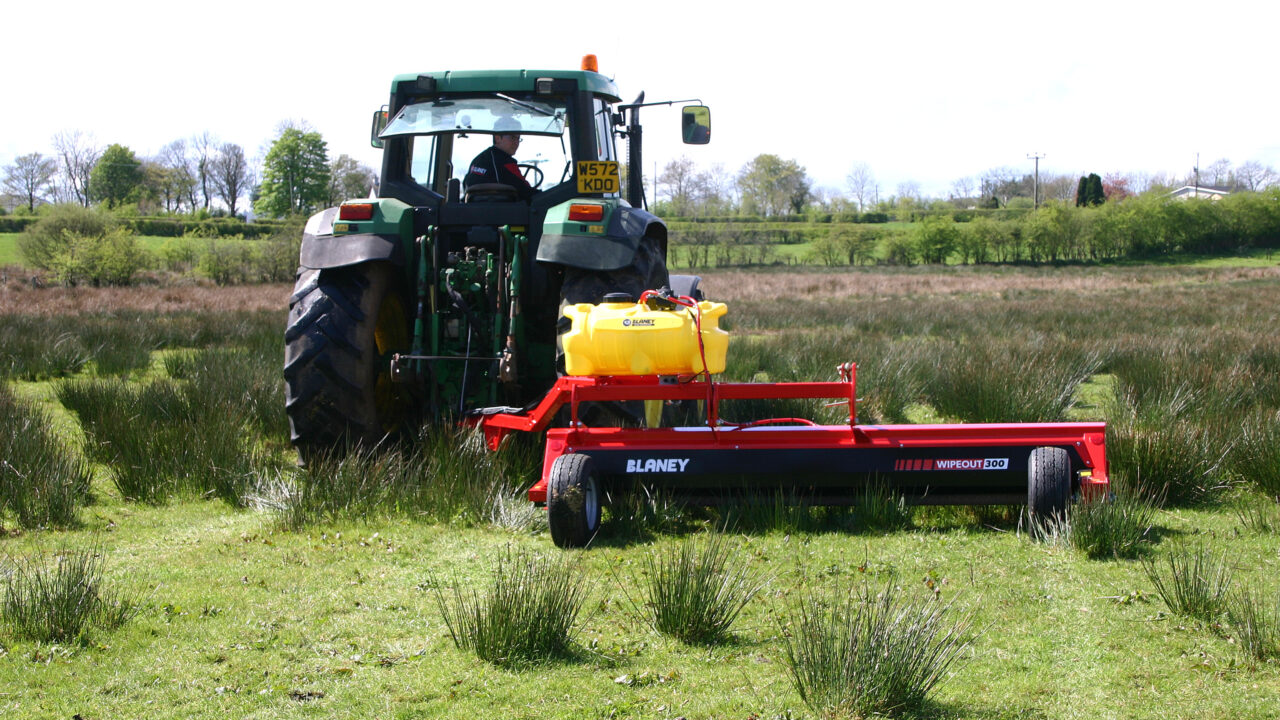Landowners and farmers across Limerick are being urged to consider alternative methods of controlling rushes before using pesticides and herbicides.
Limerick City and County Council issued the appeal this week in an effort to prevent the contamination of drinking water supplies which can result from the use of such chemicals.
The local authority said there are a number of other methods that can be used to control rushes, including land drainage, cutting and grazing.
Tom Tarpey, Senior Engineer, Limerick City and County Council noted that rush management should be considered if rushes exceed 30% of the field area.
He added: “Soft rush (juncus effuses) is the most common of the many rush species found in County Limerick. It is the most difficult to manage as it forms dense clumps which are very difficult to break down by cutting or grazing alone. Many landowners often take advantage of the drier weather during the summer months by using chemicals such as MCPA to control rushes.”
“In order to prevent contamination of our drinking water supplies, it is important that the use of pesticides and herbicides is kept to a minimum and, where their use is necessary, that they are used in a responsible manner to prevent runoff in to rivers, streams or wells. These chemicals can also have an impact on local biodiversity,” concluded Mr. Tarpey.
Limerick City and County Council has issued advice to farmers and landowners in relation to the control of rushes:
[tab id=1]
- Cut the rushes (Topping) over the whole field in August (after ground nesting birds have finished breeding and whilst rushes are still in flower)
- Remove the rushes from the field – do not burn
- In heavily infested fields several cuts per year may be required in order to reduce rushes to a level which can be managed by a single cut.
- After cutting – where possible – graze the field with cattle. This will result in the tussocks and roots being trampled.
- Stocking levels should be such that animals graze the re-growth but poaching is not a threat (which results in new seedlings germinating)
- In the absence of cattle a second cut 4-8 weeks later will reduce the infestation in the following year.
- Where practical (i.e. where ground conditions allow topping to be carried out ), topping late in the season (late August / Early September) provides an efficient method of killing the root ball.
- Cutting followed by heavy rolling can also be beneficial.
[/tab][tab id=2]
- Reducing the water-table will result in very significant control of rushes.
- Drainage works should not be carried out on habitat lands, however.
[/tab][tab id=3]
Draining of rush infested areas is essential if any herbicide programme is to be successful. Soft rush can be controlled with MCPA or 2, 4-D applied in June or July when growth conditions are good. Cutting and removal of the rush about three weeks before spraying will give the best results. There is a zero tolerance for herbicides in waters so extreme vigilance is required for use. Statutory Management Requirement no.9 (Cross Compliance) sets out the steps to be taken to ensure that the impact of herbicides on waters is minimised.
- Ensure that the correct herbicide for the job is selected.
- Comply with instructions for use as printed on herbicide label.
- Use calibrated measuring equipment to ensure that the correct rate is being applied
When finished, empty containers should be triple-rinsed. This involves filling the empty container with 1/3rd water and shaking vigorously. Add this water to the spray tank and repeat 3 times. Empty rinsed containers can be disposed using www. farmplastics.ie,
- Measuring equipment should be cleaned in the same way and residue added to the sprayer.
- Chemical containers no longer in use (empty or partially full) should be disposed of at a designated site. Chemicals that have been withdrawn from the market must be disposed of within 18 months at an approved facility.
- – It is essential that adequate buffer zones (10m is recommended) are kept along waterbodies to ensure that spray drift does not contaminate waters. Use of sprayers in the immediate vicinity of waterbodies is prohibited. Glyphosate may be used near water provided it is applied by an experienced operator using a weed-wiper.
[/tab]
